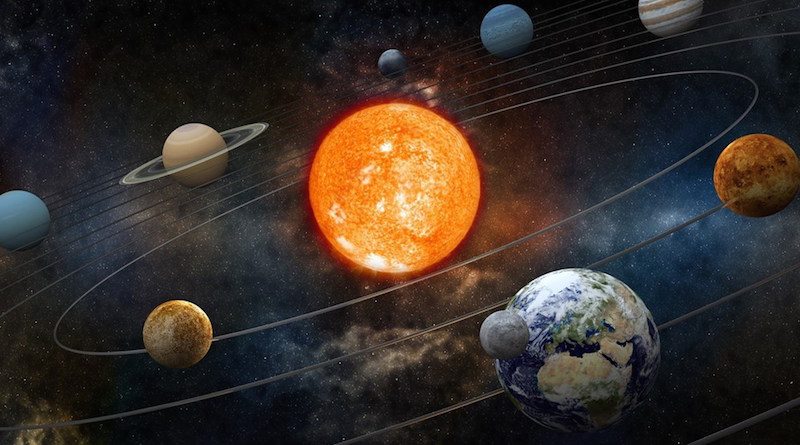Kepler’s Laws of Planetary Motion
Episode #5 of the course “Scientific laws and theories everyone should know”
For thousands of years, researchers fought both each other and members of the clergy about whether the planets orbited the sun. In the 16th century, Copernicus demonstrated his questionable idea of a heliocentric solar system. In such a system, the planets had a sun that they revolved around, instead of everything revolving around the Earth. But Johannes Kepler would be the one to establish a precise scientific foundation for the planets’ movements. He added to Tycho Brahe’s work, as well as other scientists, to establish his planetary motion laws. Although the rationale behind his movement theories has been virtually discredited, the planetary motion that he describes is still considered an accurate characterization.
Kepler authored three laws of planetary motion in the 17th century to demonstrate how planets move around the sun (and not the sun around the planets). First, the Law of Orbits tells us that planets make an elliptical path around the sun. Second, the Law of Areas tells us that the line that connects a planet to the sun will span a range that evens out over time. So, if you are gauging how much area is formed by sketching a line from the sun to the earth, and you record the Earth’s movements over a month’s time, the calculated field will not change. The area remains the same regardless of exactly where the Earth is in its orbit when you begin your calculations and measurements.
Third, the Law of Periods lets us clearly establish an interchange with a planet’s period of orbit and how far it is from the sun. Because of this law, we now know that a planet that is a shorter distance to the sun, such as Venus, has a much shorter period of orbit than a planet that is farther away like Neptune.
Share with friends

